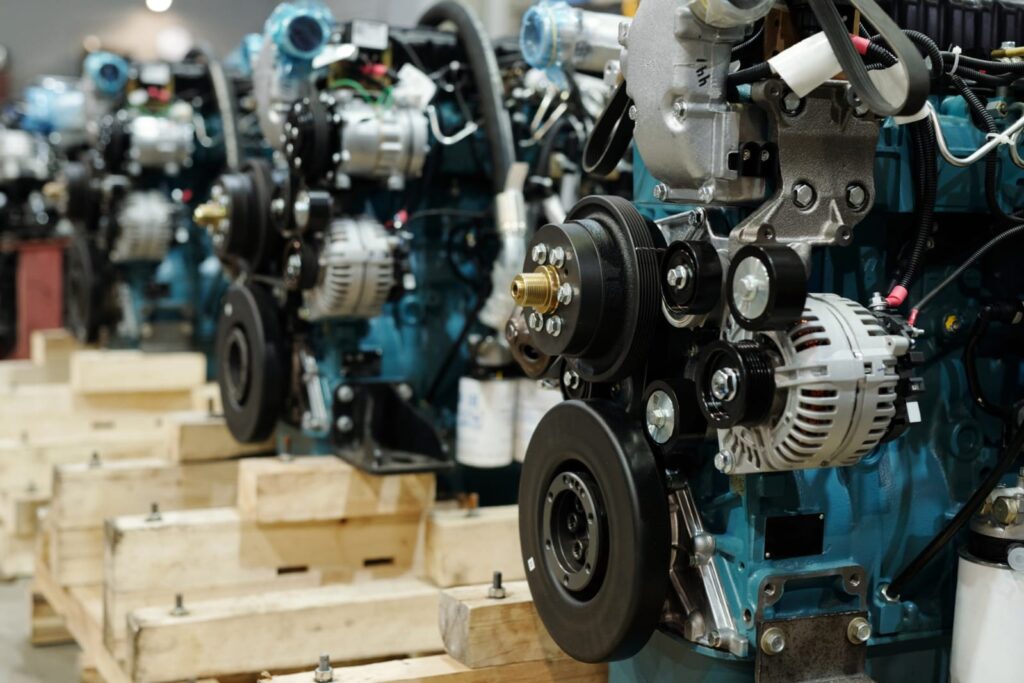Heavy Duty Pros: Taking a Closer Look at NOx Sensors
More than three-quarters of a century ago, scientists realized that much of the air pollution plaguing the Earth was coming from automobiles. Obviously, the more vehicles there are on the road, the more air pollution they create. Studies have long shown that semi-trucks are major contributors to air pollution, especially because of the nitrogen oxides their exhaust systems produce. Without 18-wheelers, though, we would be suffering far more from bare store shelves than we ever have from air pollution. Still, something needed to be done to mitigate the contamination they were causing.
Reducing Nitrogen Oxide Pollution
In 2010, the solution to that problem came in the form of selective catalytic reduction systems. These systems use a mixture of synthetic urea and deionized water, better known as DEF, to neutralize the nitrogen oxides diesel engines produce. To ensure the SCR system is working properly, trucks also need NOx sensors. If those sensors stop working the way they should, they can cause serious problems. Take a closer look at the importance of a cummins nox sensor and common warning signs that it may need to be replaced.
How Does the SCR System Work?

During the internal combustion process, diesel engines produce a range of pollutants. Those include carbon monoxide, carbon dioxide, hydrocarbons, and particulate matter. As mentioned, though, nitrogen oxides are among the most significant and concerning. They can cause several problems, including respiratory issues and acid rain. Selective catalytic reduction systems are designed to reduce NOx emissions by up to 90 percent.
While a heavy-duty engine is running, the SCR system sprays DEF into its exhaust. DEF transforms nitrogen oxides into hydrogen and water vapor before they enter the air. Both of those compounds are completely harmless.
Why Are NOx Sensors Important?
That brings us to the NOx sensors. They measure the levels of nitrogen oxides in a truck’s exhaust. Most semi-trucks are equipped with two of them. One measures the amounts of nitrogen oxides in a truck’s exhaust before DEF is introduced, and the other measures the NOx levels after the SCR system sprays DEF into the exhaust. Without those sensors, a truck’s computer wouldn’t know how much DEF to release or even if the SCR system is working properly at all.
What Happens If an NOx Sensor Fails?
Now, let’s talk about what happens if an NOx sensor fails. If a sensor goes bad, a truck may produce more nitrogen oxides than the EPA allows at this point. That would not only cause more pollution but also potentially lead to legal and compliance issues for the company that owns the truck. Besides that, a failing sensor can cause a truck to burn more fuel than necessary or use more DEF than it should, both of which can certainly be costly problems. In many cases, a bad NOx sensor can also cause a truck to go into limited power mode, and that causes plenty of problems in its own right.
Keeping Trucks Running Cleanly and Effectively
Selective catalytic reduction systems have become standard equipment on semi-trucks. They help keep harmful nitrogen oxide emissions to a minimum. If they’re not working properly, though, they can cause a long list of problems. NOx sensors help keep them working correctly, but they can also fail. When they do, they can cause issues of their own. Though replacing NOx sensors isn’t cheap, it can actually save a great deal of money, and prevent major hassles, in the long run.

